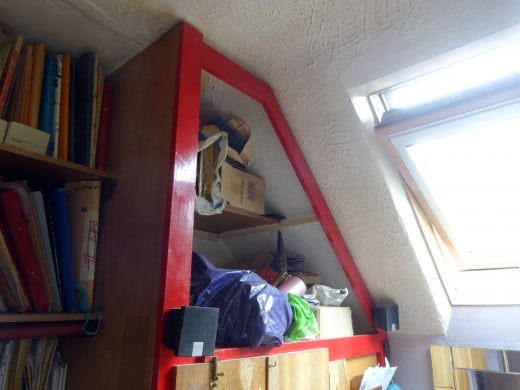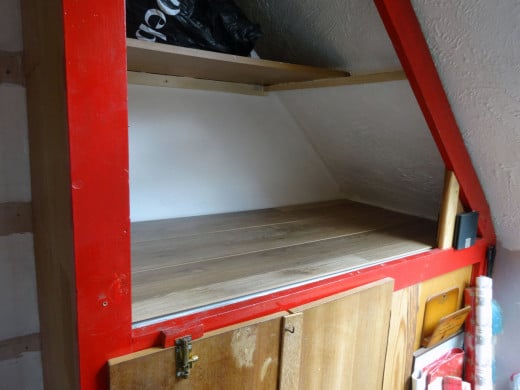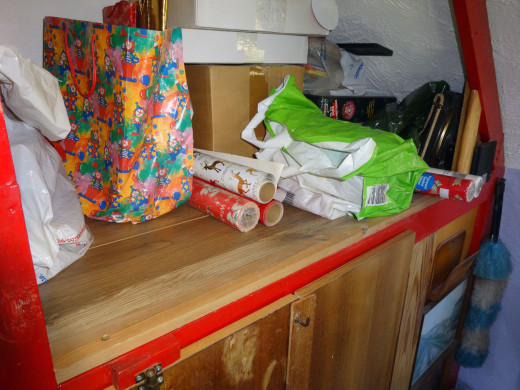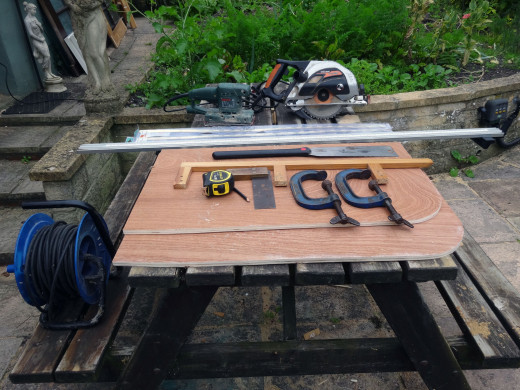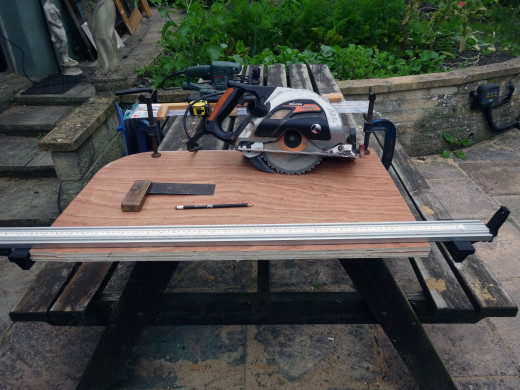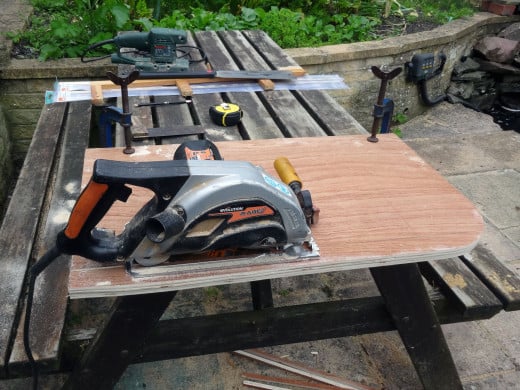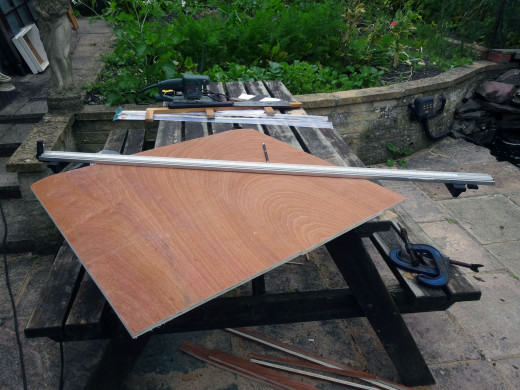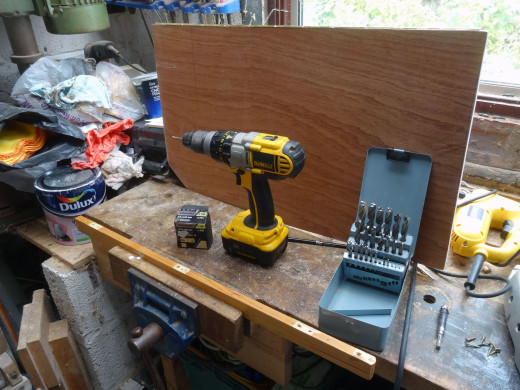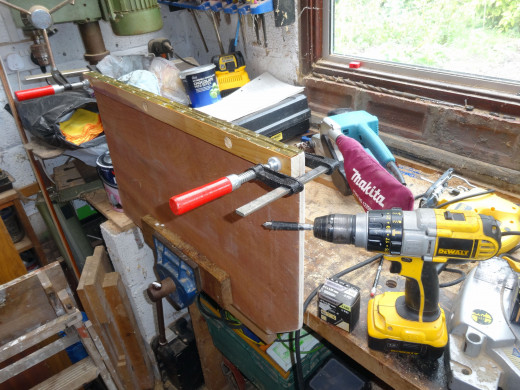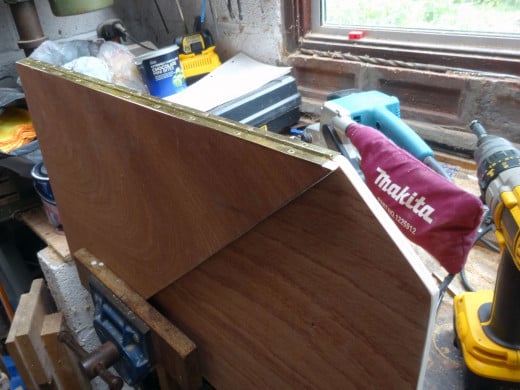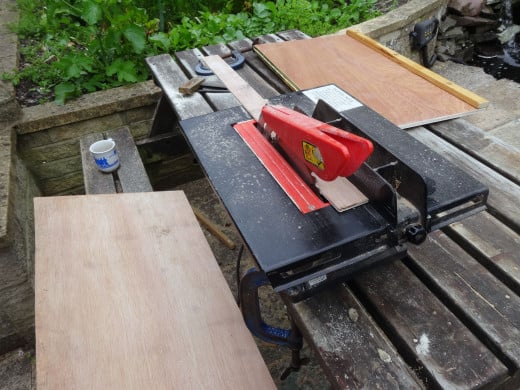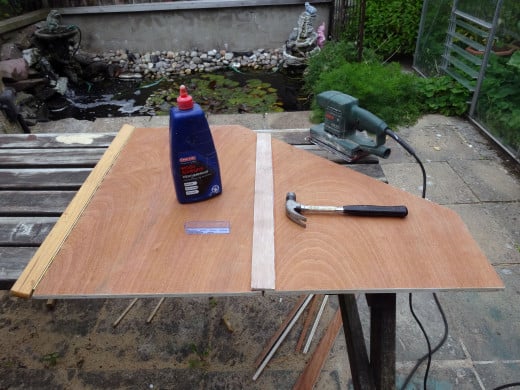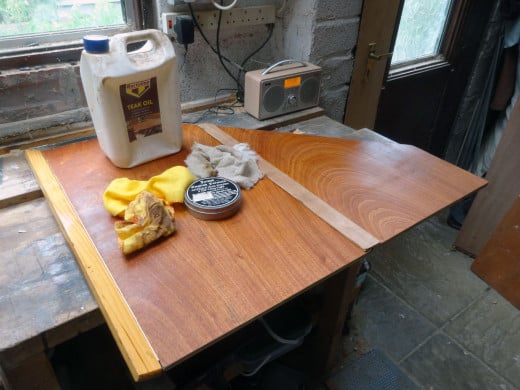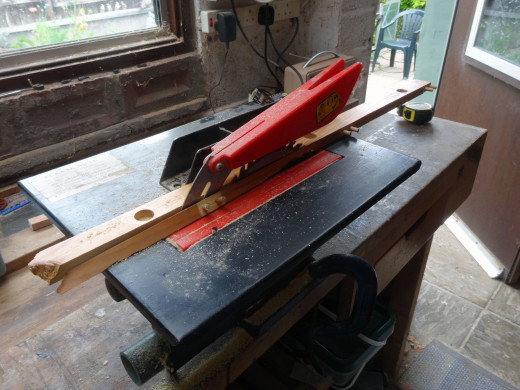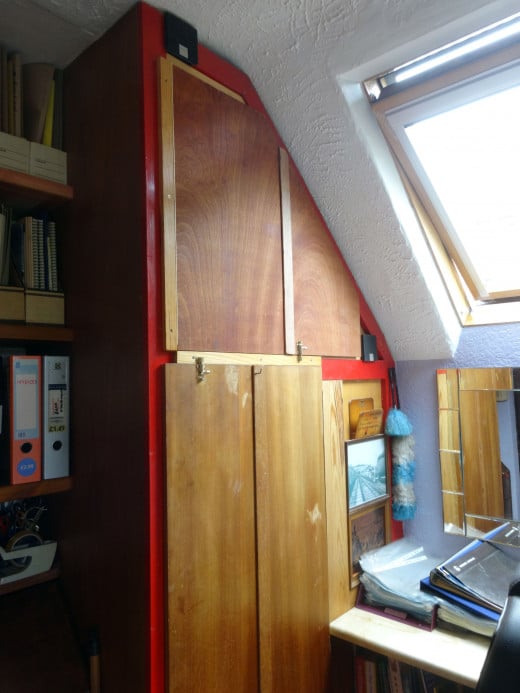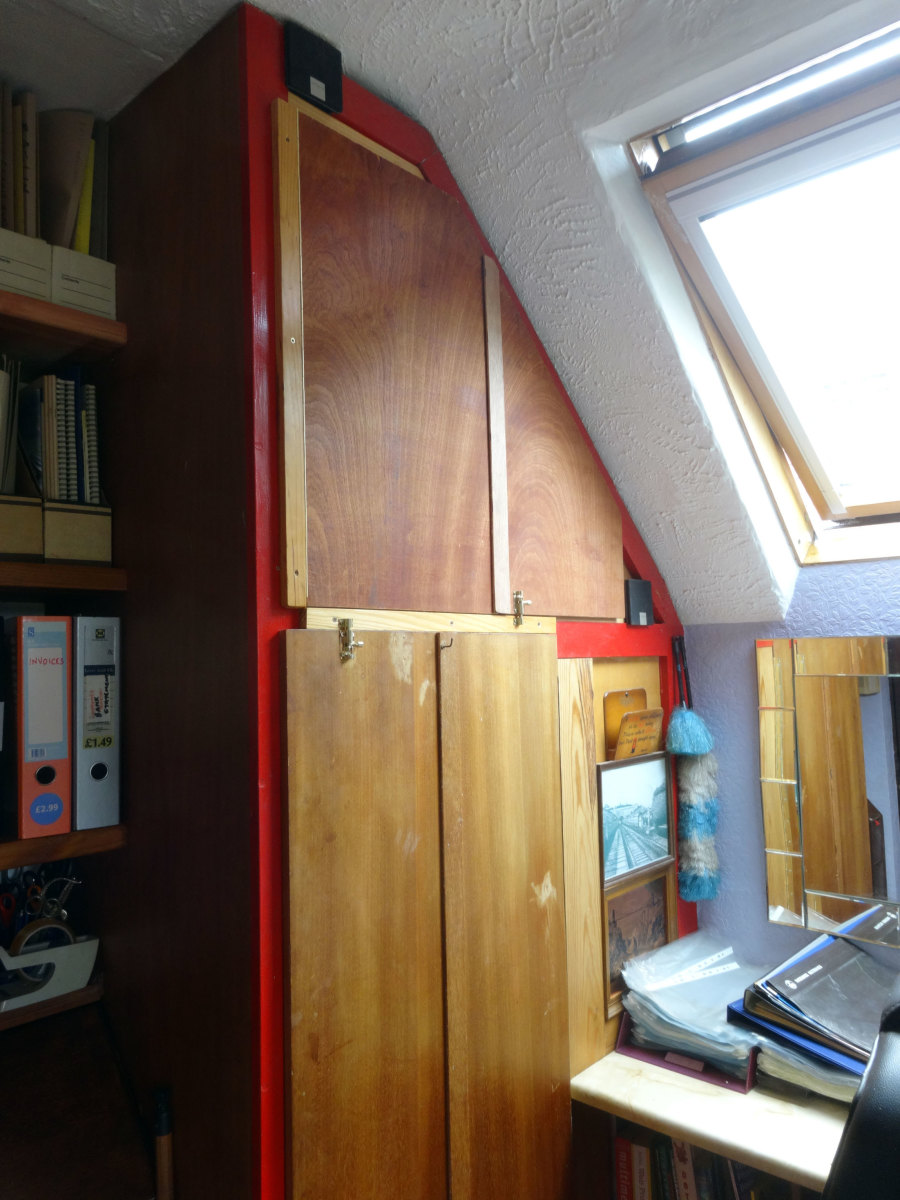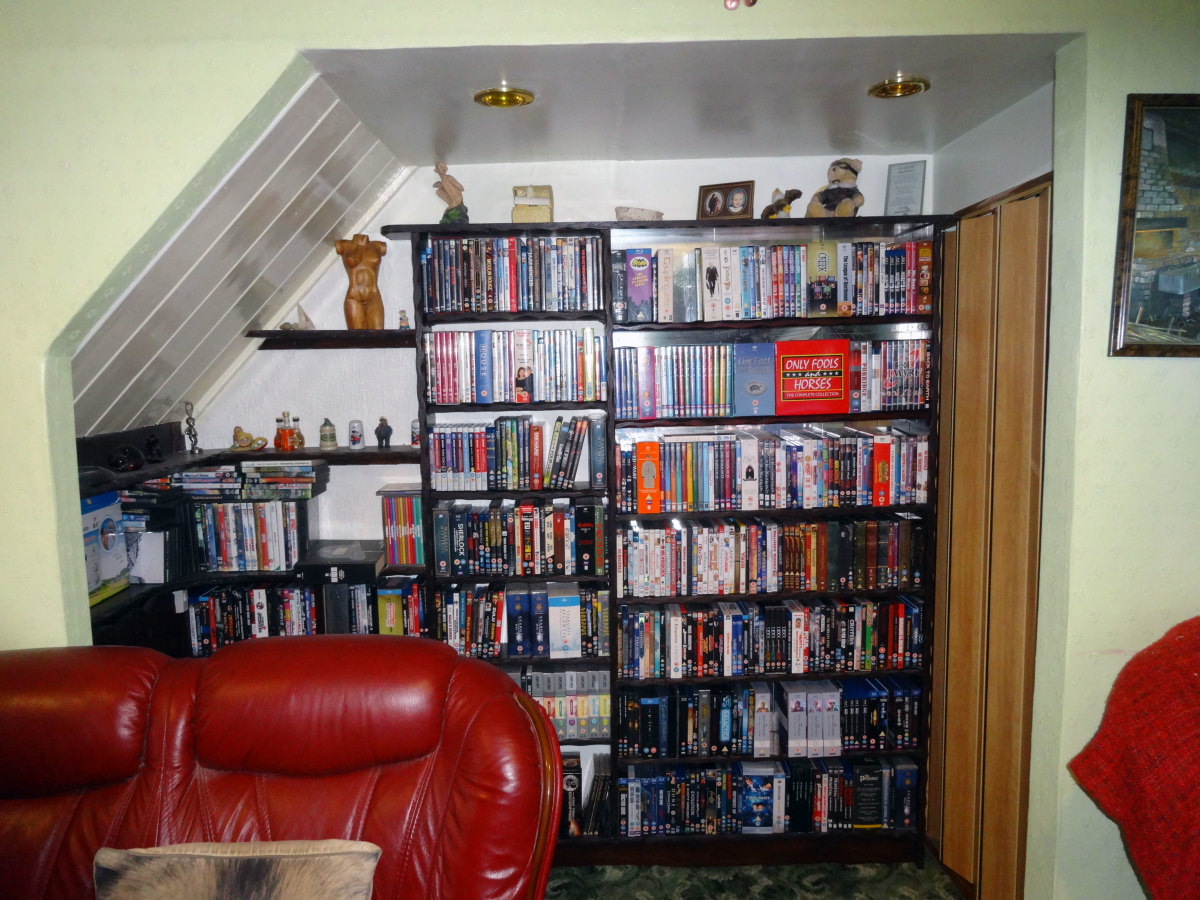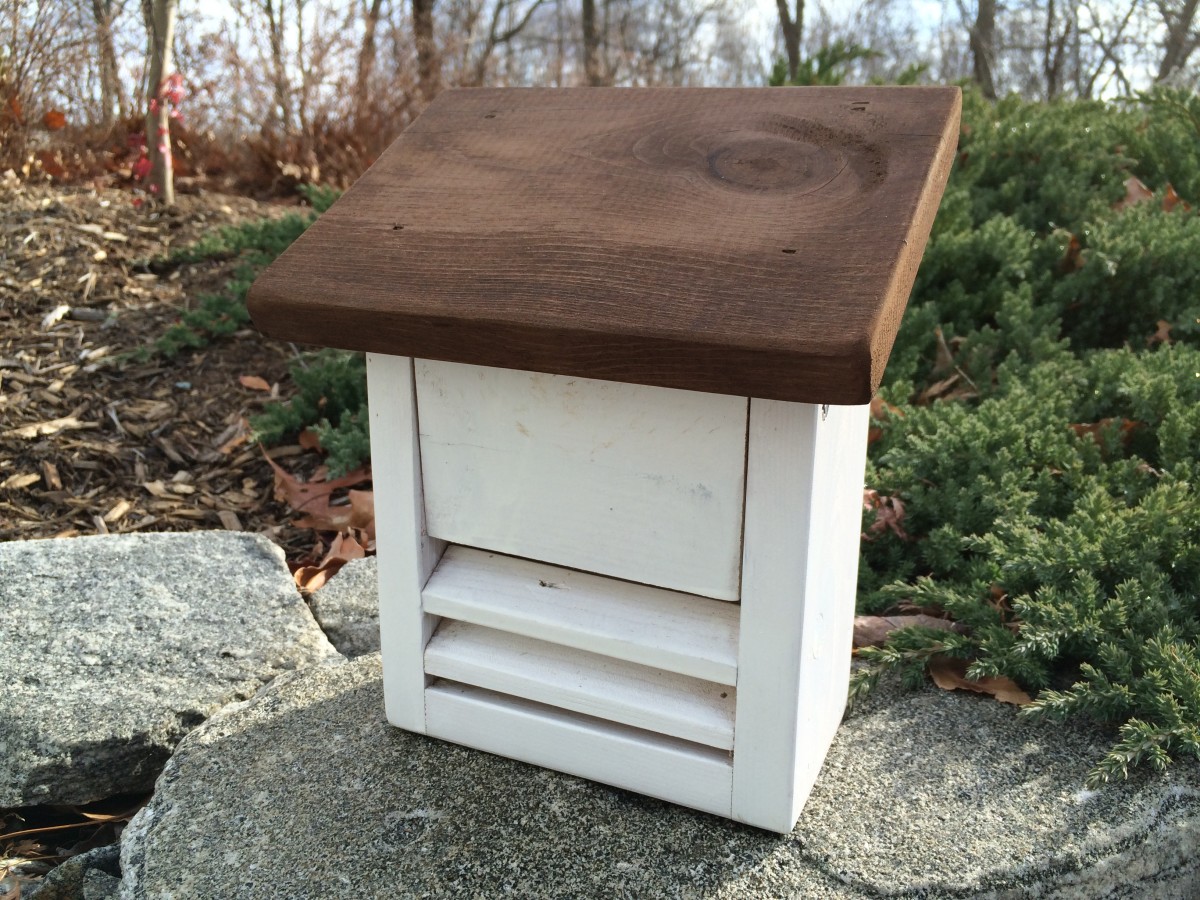How-to Make Folding Doors for Cupboards
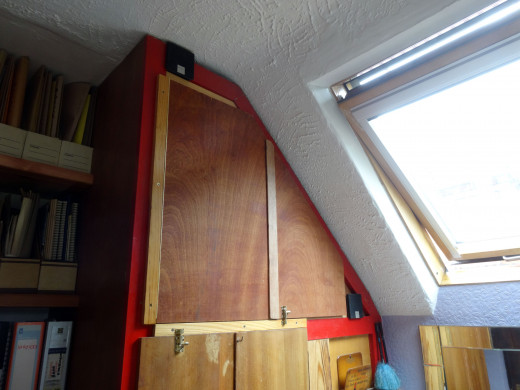
Intro
This was a mini-project, as part of our home-office makeover. I removed the original doors to the cupboard above the built-in wardrobe years ago because of their design they restricted access to this cupboard. Also, when we converted the spare bedroom into our office I fixed the rear computer speakers to the outside of the cupboard.
However, as part of the home-office makeover I decided to recess the rear speakers into the cupboard, and fit folding doors in the same style as the ones I’d previously fitted to our built-in wardrobe below the cupboard.
Relocating, and recessing the rear speakers weren’t just for aesthetics, it was also to get them out of the way so that I could fit a folding door.
Cupboard Modifications Prior to Fitting Folding Doors
As well as relocating and recessing the rear speakers I also laid laminate flooring, which was spare from repairing the office floor in the alcove, in the cupboard. To secure the laminate flooring in place I glued and screwed a piece of decorative scrap wood to the cupboard front. The decorative scrap wood would serve two purposes:
- It holds the laminate flooring securely in place, giving a neat finish e.g. bridging the gap between flooring and cupboard front, and
- It would provide a convenient door stop for when the folding door was fitted.



Recycling Scrap Wood to Make the Folding Door
For the folding door I wanted something that was:-
- Relatively light weight, for easier fitting.
- Decorative, and which would blend in with the existing wardrobe folding door.
I was also keen on using recycled material if possible.
As it so happened, a couple of 12mm (½ inch) plywood offcuts from making a new corner wall unit in the office was just ideal for making the folding door.
For the hinges, as for all the folding doors I’ve made around the house, I opted to use piano hinges.
For the hinge cover plate for the middle hinge, as with the folding door for the wardrobe, I used a strip of 4mm plywood.
For the hinge jamb and latch jamb I recycled a piece of varnished pine salvaged from a redundant shoe rack which we were given for recycling.
Step-by-step Guide to Making the Folding Door
The steps I took to make the folding door were:-
- Carefully measure the opening in the cupboard, and add about ½ inch to the measurement all round (except for the hinged side); so that the doors will overlap the opening when fitted e.g. so that the cupboard frame acts as a door stop.
- Get together all the wood and tools I would need.
- Clamp the two pieces of plywood together to measure and mark them for cutting to the correct width.
- Use a circular saw to cut both pieces to the same width.
- Lay the two panels side by side to mark out the overall shape and height of the folding door.
- Use the circular saw to cut the pieces to shape.
- Screw the piano hinge to the panel that will be hinged to the cupboard; ensuring the hinged will open outwards when fitted. Also, use screws with small screw heads so that the door will close properly.
- Clamp the hinge jamb to the first door panel and screw the piano hinge in place.
- Clamp the two side panels together and fit the 2nd piano hinge; but this time reverse the hinge so that it opens inwards instead of outwards.
- Cut and fit the trim to cover the middle piano hinge, using 4mm plywood and fixing it to one panel only.
- Round off the corners and edges with an electric sander.
- Wipe clean with white spirit to remove surplus sawdust, then colour and shine it was teak oil and coloured beeswax. Alternatively you could paint, varnish or wood stain the door.
Once the door was complete, I screwed it in position, and tested it.
Having finished and fitted the new folding door, and being satisfied that it opened and closed as intended, I then focused on making and fitting the latch jamb, as follows:-
- I removed the old block of wood that was acting as a latch jamb for the existing wardrobe door.
- I trimmed and cut to size a piece of varnished pine wood to use as the latch jamb, salvaged from the old shoe rack, and
- Fitted it in place in the gap between the existing wardrobe door and the new cupboard folding door.
- Then finally fitted the bolts to both folding doors so that they stay closed when not in use.












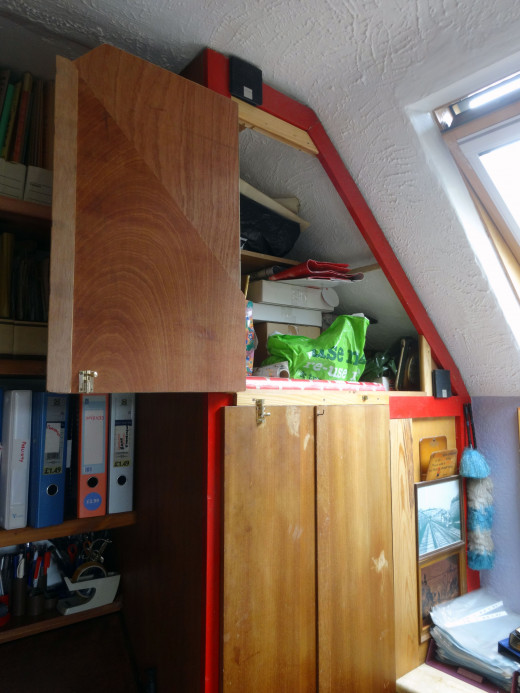
Popularity of Folding Doors
Do you have any folding doors in your house, and if so do you find them useful?
This content is accurate and true to the best of the author’s knowledge and is not meant to substitute for formal and individualized advice from a qualified professional.
© 2020 Arthur Russ

